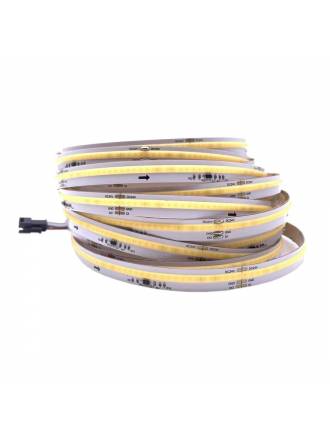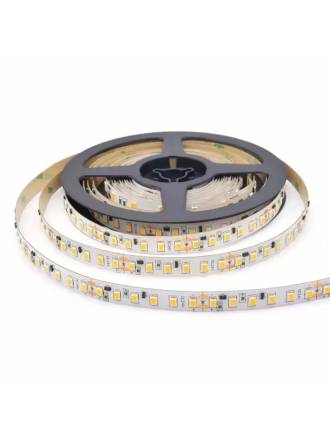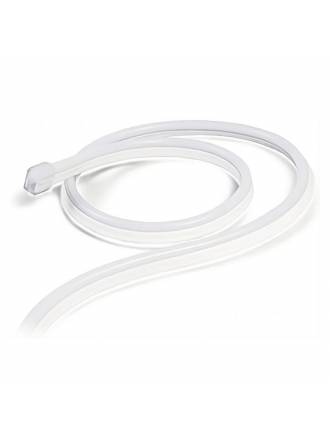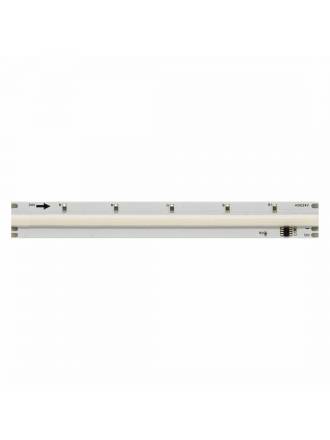
BENEITO FAURE Fine Running LED strip 5mts 12w sequential 24VDC IP20
- -20%
Brand
Light color
Voltage
Power
IP Protection
Price










24V DC LED strips are a type of strip that operates on 24 volt direct current (DC). That is, for their correct operation they need a 24V power supply.
24V LED strips are very popular due to their energy efficiency, long lifespan and wide variety of wattages, light colors and available options.
Due to their versatility, they are widely used in decorative lighting installations indoors and outdoors. as accent lighting on ceilings, walls, furniture, display cases, among others.

A power supply for a 24V LED strip is essential to ensure its safe and efficient operation. Here we explain how you can calculate what you need in a simple way:
1. Know how much power your LED strip consumes per meter. You will always find this information in the description or characteristics of the product on our website. For example, let's imagine that you have a 5 meter LED strip that consumes 12W per meter.
2. Calculate the total power of the LED strip at 24v. Multiply the power per meter of the LED strip by the total length of the LED strip. In our example it would be:
Total power = Power per meter x Total length
Total power: 12w/meter x 5 meters
In our case, the total power is 60 watts.
3. Now you can choose the 24v LED power supply. Now that you know the total power of your 24v LED strip installation, you can buy the most suitable one.
Important: It is better to choose an LED transformer that has a slightly higher capacity (at least 20%) to avoid overloading and ensure greater durability.
Therefore, for the 24v LED strip in our example, you will need an LED power supply of at least 72w.
24V LED strips offer several advantages over LED strips that connect directly to the 220V mains. Here are some of the most important ones:
The number of meters of 24V LED strip that can be connected in a single line depends on several factors, such as the wattage per meter of the strip and the capacity of the power supply. Typically, the maximum length of a 24V LED strip is 10 meters.
If you need to install more than 10 meters of 24V LED strip, we recommend:
Yes, it is possible to cut 24V LED strips to fit different sizes. LED strips are designed with marked cutting points, usually indicated by a line or scissors symbol, where they can be cut without affecting the operation of the rest of the strip.
The cutting distance may vary depending on the type of strip or the manufacturer; this information is available in the product description.
Yes, you can install 24V LED strips outdoors, but it's very important to make sure they're designed to withstand the environmental conditions they'll be exposed to. Here are the key points: